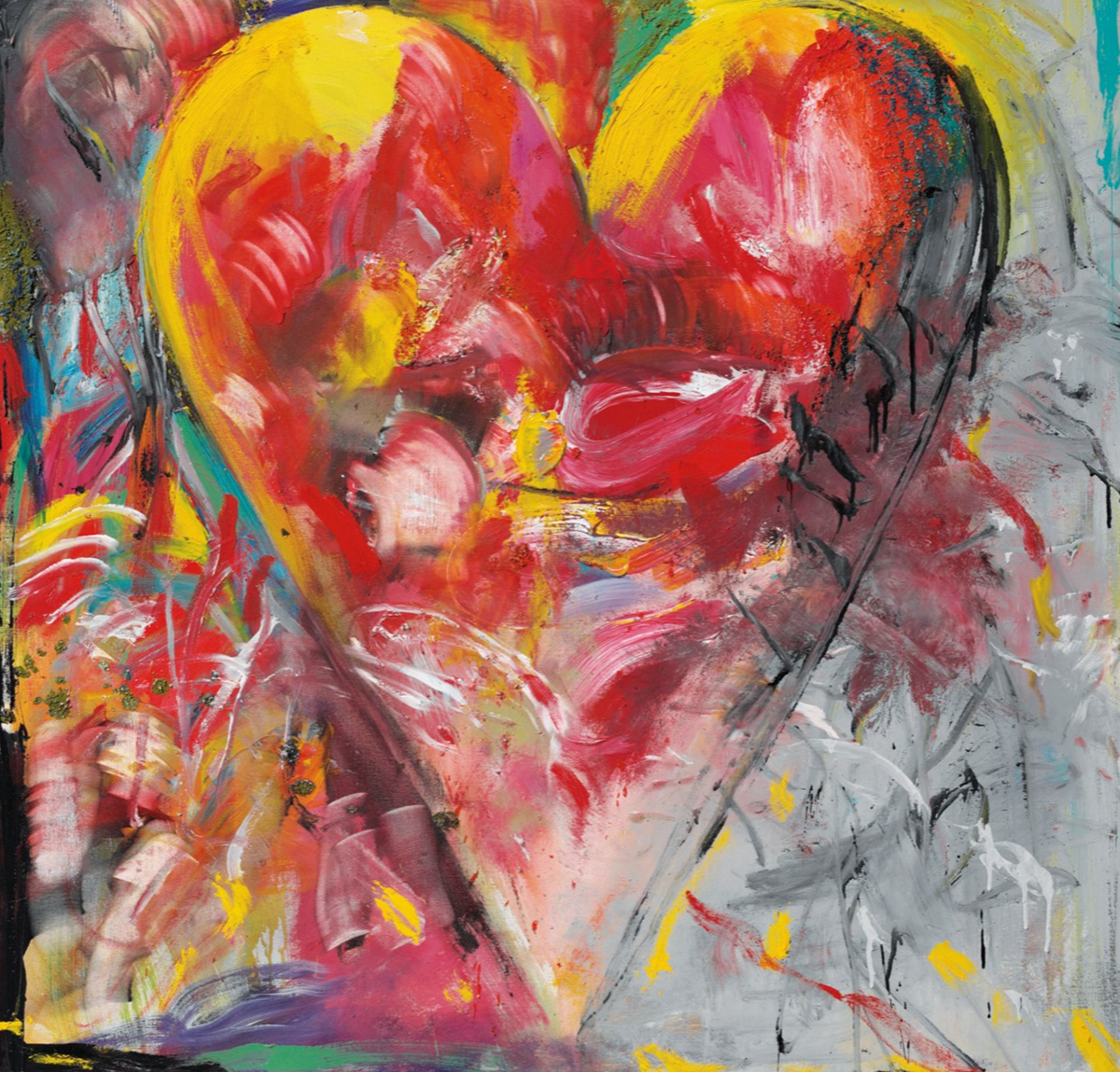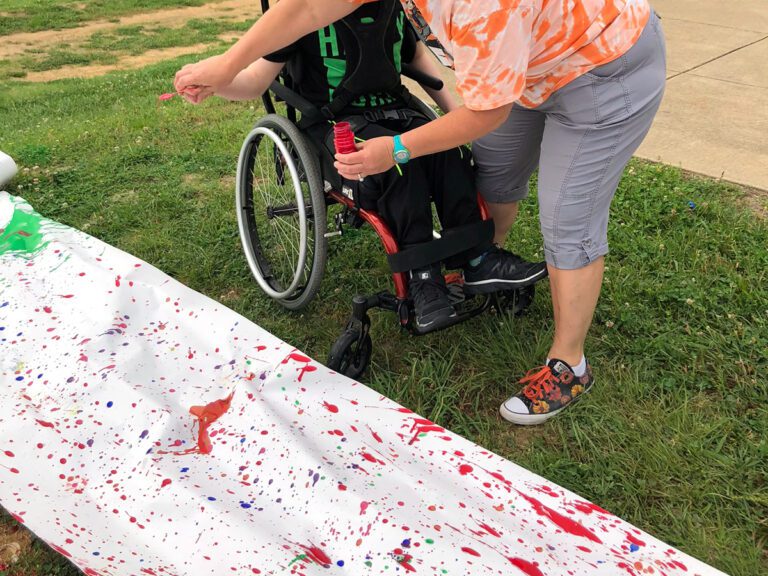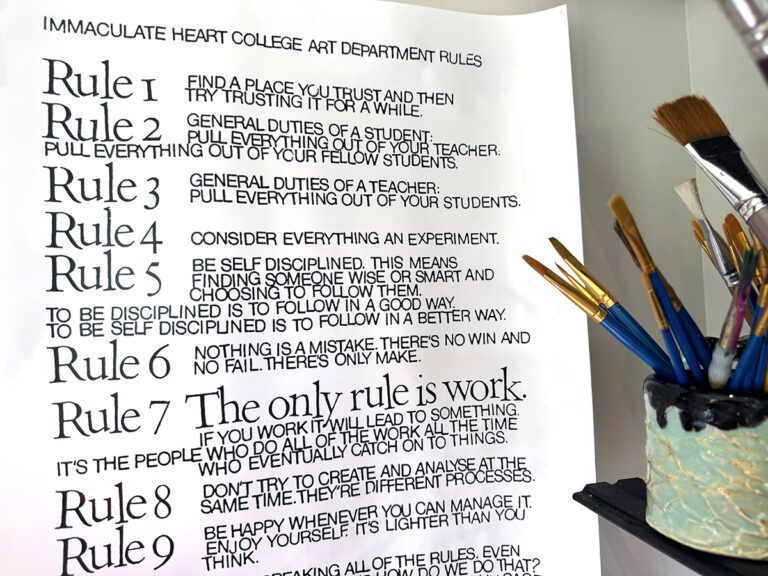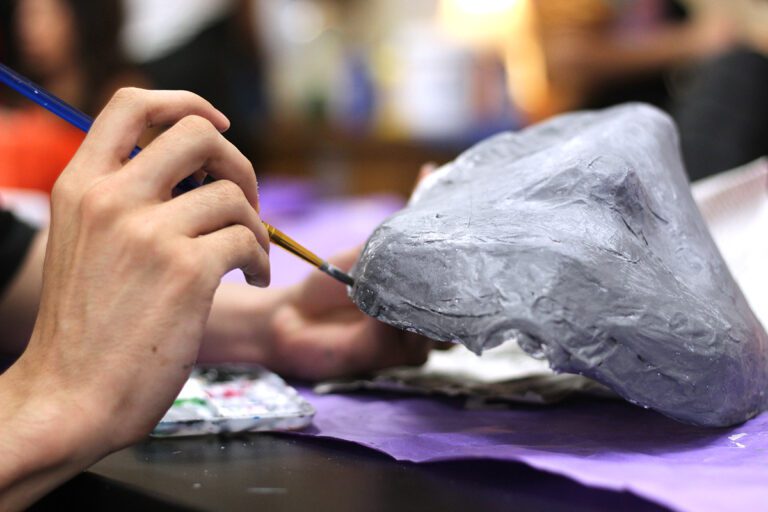Many teachers look forward to assembling valentines and decorating their classrooms with hearts as February approaches. You may even be excited to carry on traditions you loved when you were in grade school! Since becoming a billion-dollar industry, Valentine’s Day is considered by some to be a frivolous “Hallmark holiday” rather than a day dedicated to romance or one true to its unsettling origins, but for students, it can always be a nice reason to focus on activities centered around love and kindness.
If you want to shake up your annual holiday traditions, try incorporating contemporary art in your lessons to guide discussion with your advanced secondary students, or view current artists’ work to inform and stretch your personal artistic knowledge base. Because of technology, the artists of today are speaking in real time to a wider, more diverse audience than ever before. Contemporary artists can teach us life lessons, prompt questions, and inspire creativity. With themes ranging from conceptual love to self-love and LGBTQ+ love, we can understand more about ourselves and each other through visual art’s increasingly humanizing and inclusive lens.
Here are 8 artworks that center on the concept of love.
Note: Be sure to browse each artist’s website and work before deciding what is appropriate to show and discuss with your advanced secondary students. Adhere to your district’s guidelines and consider your students’ age levels.
1. Felix Gonzalez-Torres, Untitled (Perfect Lovers), 1991

This conceptual work of art captures the rhythm of long-term love and its fickle nature with elegant simplicity. Stephen Jones, Associate Vice President of Post-War & Contemporary Art at Christie’s New York, explains this piece’s connection between time and the “enduring nature of love.” The clocks are originally set to the same time. Over time, the clocks fall out of sequence. The clocks are then reset to the same time again.
Discussion Questions: Think of a person you love. How do you feel when you are in alignment with them? How do you feel when you struggle to get on the same page with them?
2. Kerry James Marshall, Untitled (Vignette), 2012
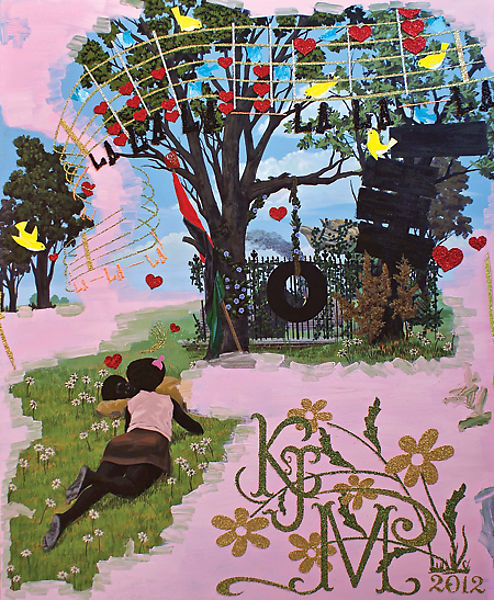
This perfectly pink acrylic painting is reminiscent of a love note embellished with glitter and adorned with heart-shaped music notes surrounding a kissing couple. Writer Abby Martin Greenbaum praises Marshall for his “unequivocal celebration of love and romance in the black community” through his work. It’s fun to see love openly embraced and unmistakably depicted. The feeling is contagious and entices the viewer to want to be where the subject is.
Discussion Questions: When was a time you felt fully present in the moment with another person? Describe a time when nothing else mattered and you paid no attention to the world around you.
3. Jess T. Dugan, SueZie, 51, and Cheryl, 55, Valrico, FL, 2015

Storytelling through photography can be especially evocative. Telling the stories of others through a lens of love is a powerful way to connect. In this piece, photographer Jess T. Dugan employs their perspective as a queer, non-binary person. They describe their approach by offering this insight: “storytelling leads to empathy, knowledge, and understanding. I want viewers of my work to see queer people, and queer love, the way that I do: expansive, beautiful, tender, creative, and authentic.”
Discussion Questions: What does it mean to you to be authentic in life and love? What about in your artwork? How can you tell stories through photography or still images?
4. Peter Hujar, David Wojnarowicz Reclining (II), 1981
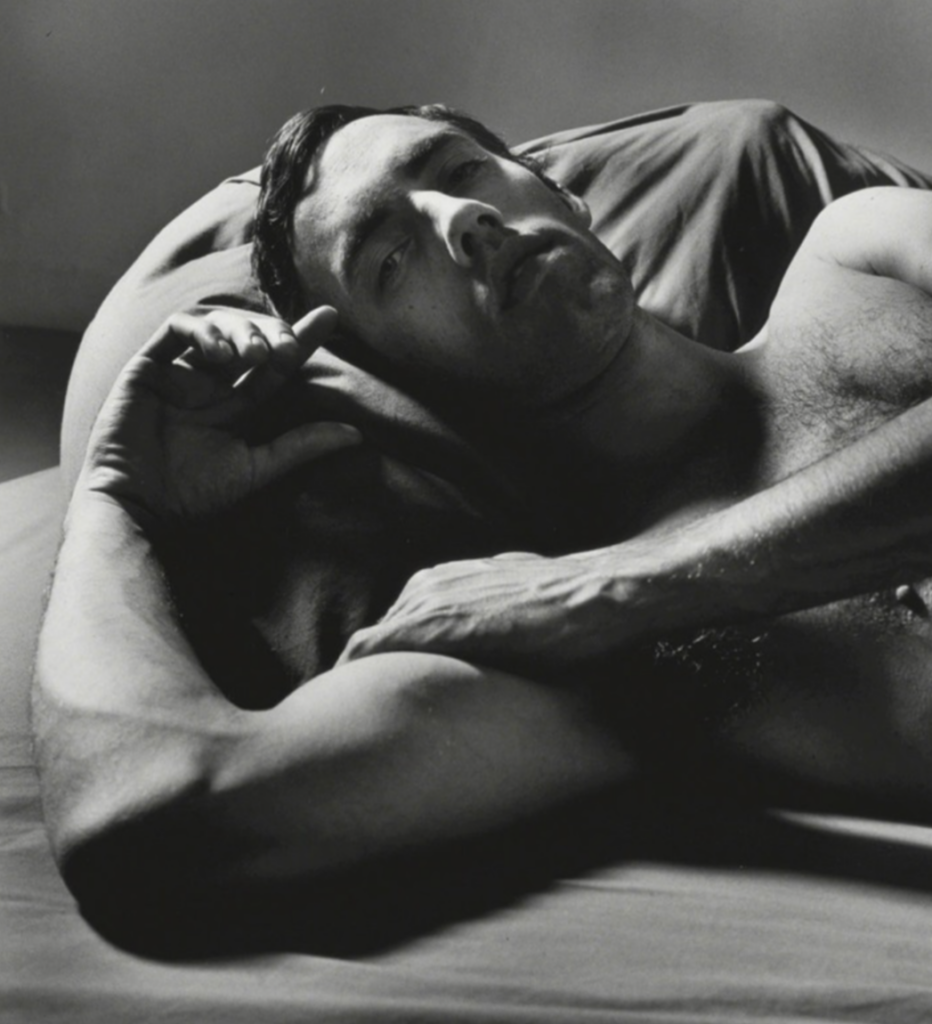
Peter Hujar is another photographer, well-known for his striking, pared-down, black-and-white photos. He is also known for his political activism during the ’70s and ’80s. His ability to create familiarity and closeness in his photos comes from his technical expertise and from the cultivation of his relationships since many of his subjects were close friends or lovers.
Discussion Questions: How might you visually represent love? What choices might you use to show the familiarity and closeness between yourself and your subject? What body poses can evoke intimacy with the viewer? How does Hujar accomplish this?
5. Gisela McDaniel, Tiningo’ si Sirena, 2021
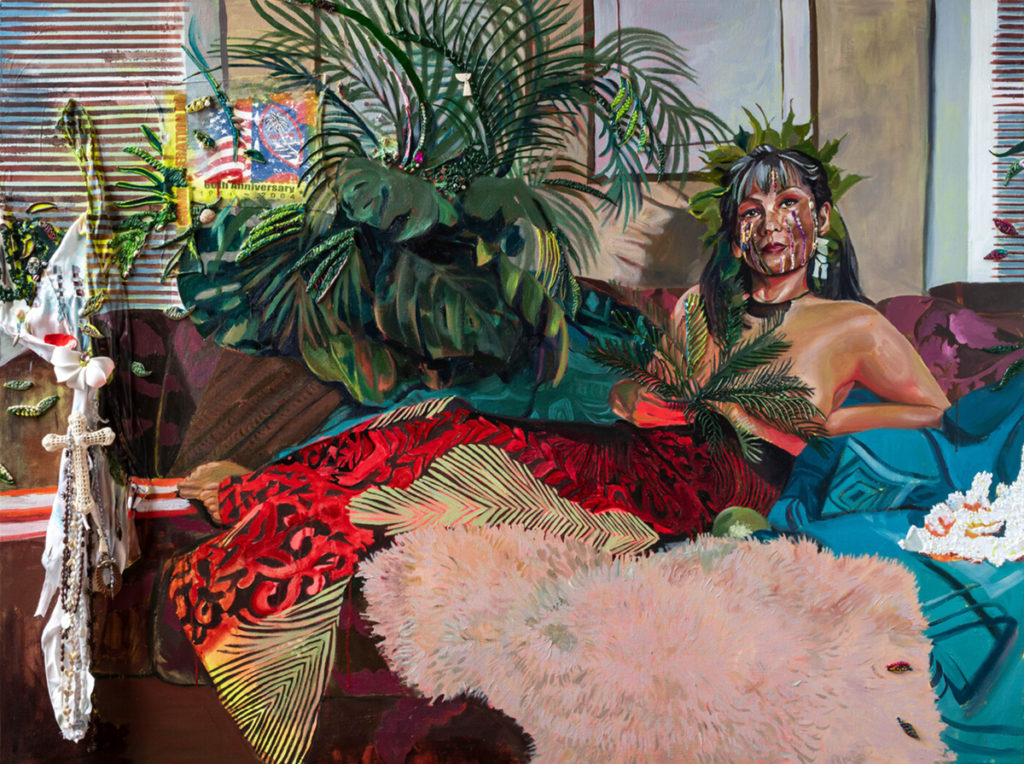
Love is a complicated emotion that inhabits many aspects of the human condition. Both positive and negative life experiences involve love, from birth, growth, and death to one’s aspirations, setbacks, achievements, and even healing. Gisela McDaniel is an Indigenous Chamorro artist who paints as a way to process the trauma she has experienced. Her artwork aims to support the journeys of other female and non-binary survivors of violence and oppression.
Discussion Questions: How can artmaking be an act of love? How can the process of creation help a person heal?
6. Jim Dine, The Beast, 1999
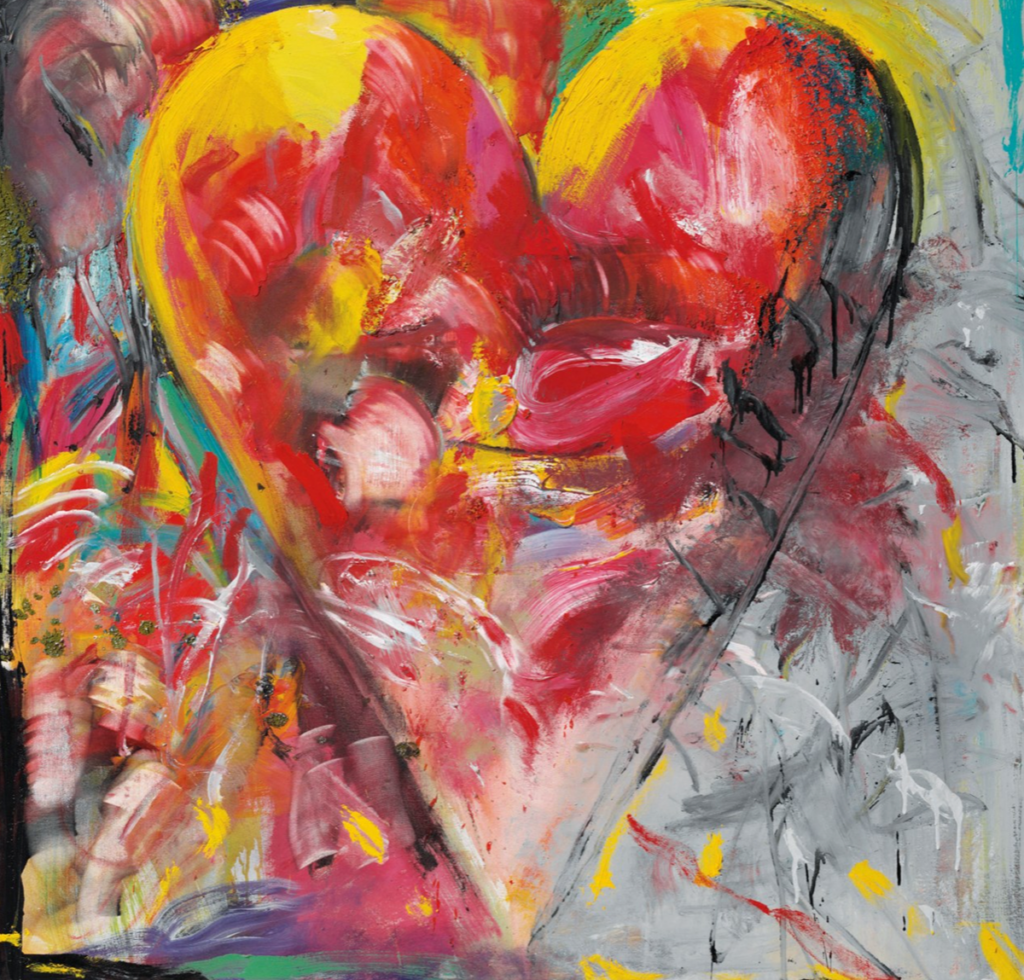
There is no representation more iconic for love than a heart. Jim Dine is most notable for incorporating the shape in his artworks. He uses it as a template for expressing his emotions through layered color, brushstrokes, and composition. There is a sense of energy, dimension, and fullness to The Beast. Dine clarified the relationship between his heart paintings and Valentine’s Day by saying that as a child, he liked the holiday, “not because I was in love, necessarily, but because I liked the redness of it.”
Discussion Questions: What are you passionate about? What inspires your creations? What recurring ideas or symbols do you represent through your artwork?
7. Shoog McDaniel, Take Up Space, 2019

This neon mixed-media work by Shoog McDaniel is meant to be seen. Its bright glow against the dark frame reminds us of signs we might encounter on a downtown city corner. Coupled with its commanding title, Take Up Space, this depiction of a reclining, seemingly nude figure, only generates more questions.
This ode to self-love, along with Shoog’s photographic artwork, “makes other people humanize the people that they may be hating on, because love is a universal feeling,” McDaniel explains. “I was feeling not really seen, being a fat, trans, queer person, and not a stereotypical lesbian or gay man, and I realized there’s space for me.”
Discussion Questions: When it comes to self-love, what makes you feel seen? How do you practice self-love? How can scale influence the meaning of an artwork? How can art provide space for you to be seen and heard?
8. Patricia Cronin, Memorial to a Marriage, 2002
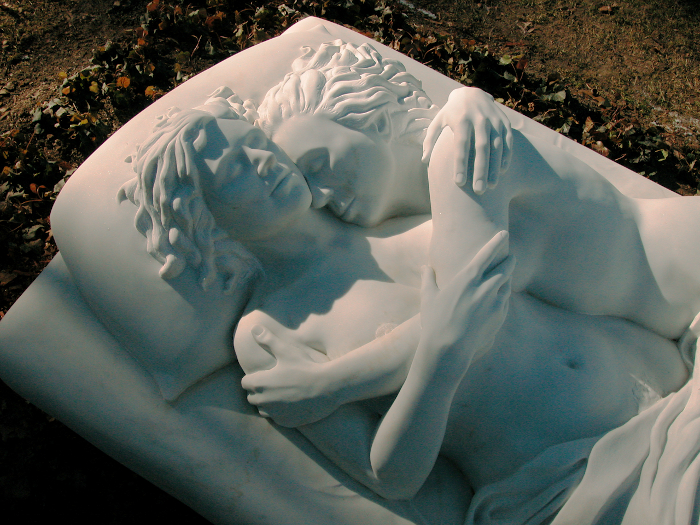
Patricia Cronin’s larger-than-life-size marble monument is “the first and only marriage equality monument in the world.” The sculpture depicts a same-sex couple tenderly embracing, lying in bed. This is monumental not only in terms of its size but in concept. “American society did not recognize LGBTQ+ people legally in terms of their right to practice marriage until 2015,” which is thirteen years after Cronin created this piece.
Discussion Questions: How can you speak or show your opinion, especially when it is not popular to do so? How can art be offensive to some, yet persuasive to others?
Leveraging contemporary art is one surefire way to facilitate discussion about the many aspects of love. It can also enrich classroom conversation around Valentine’s Day. Incorporating more contemporary pieces can allow advanced secondary students to value different experiences and can help them reflect on big questions surrounding big feelings. Today’s artists are challenging how love is represented in their works of art in front of a larger audience than ever before. Their inspiring work is an excellent tool for connecting with mature students and discussing the complex yet universal topic of love.
For more contemporary artists to share with your advanced secondary students, check out this compilation article. For strategies to teach advanced learners, watch the Pack, Working with Advanced Students in PRO Learning. For tips on how to create artwork about difficult topics, take a look at the Pack, Creating Meaningful Work About Difficult Topics in PRO Learning.
How do you approach Valentine’s Day in your art room?
How do you use art to discuss complex topics such as love with your advanced secondary students?
Magazine articles and podcasts are opinions of professional education contributors and do not necessarily represent the position of the Art of Education University (AOEU) or its academic offerings. Contributors use terms in the way they are most often talked about in the scope of their educational experiences.
